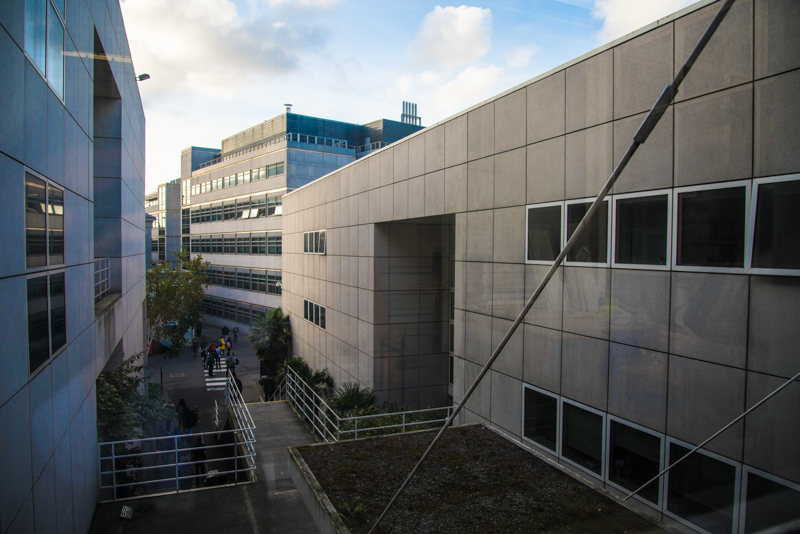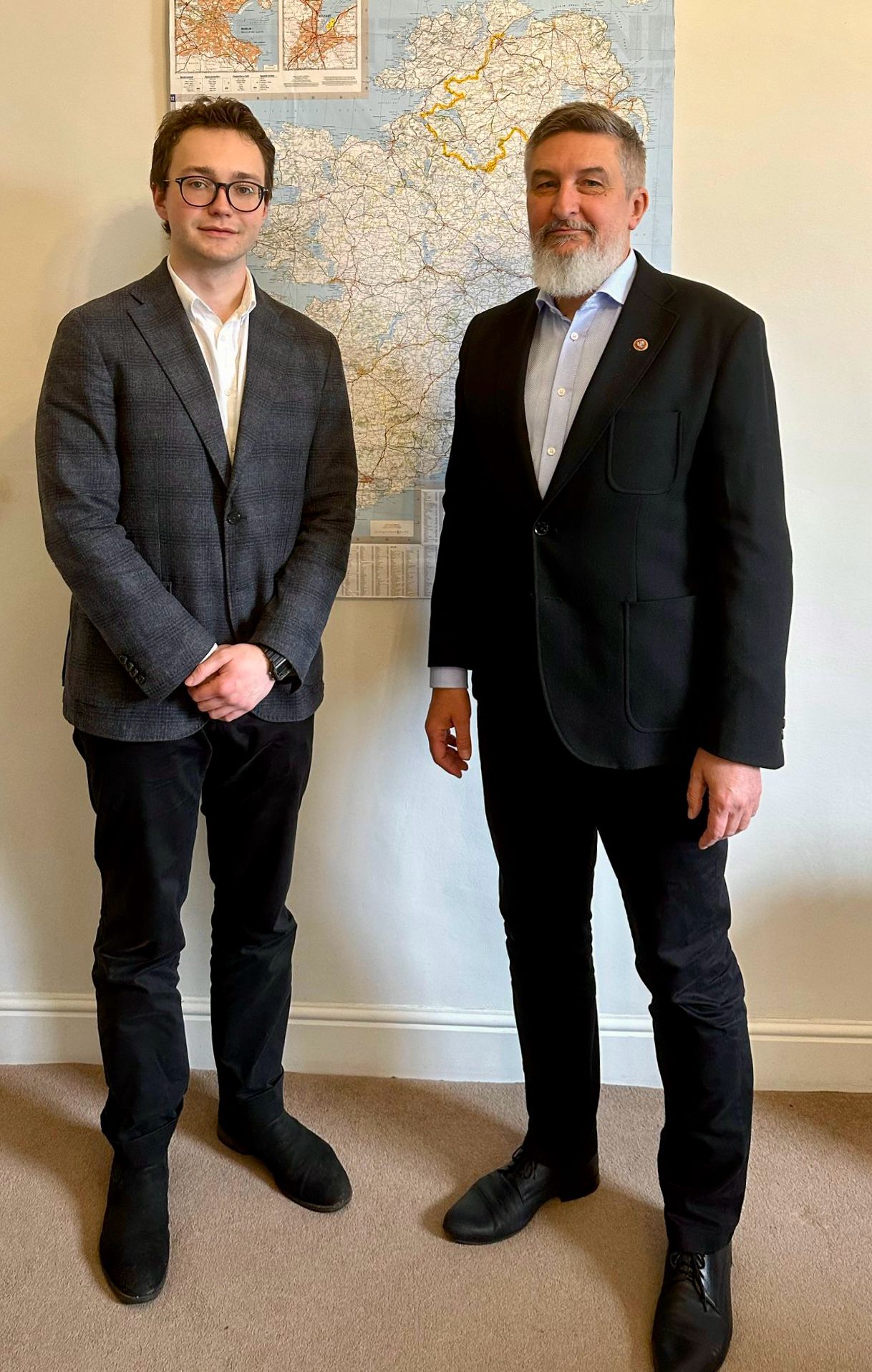Researchers in the Trinity-based Advanced Materials and Bio-Engineering Research (AMBER) centre have discovered a simple method of creating a semi-conductor, superior to silicon, that could produce greener, and faster, electronic devices.
The new process involves the creation of germanium-tin nanowires that have superior electronic properties to silicon, the material commonly found in most electronic devices. The tiny wires are grown from a simple and low-cost process that, through the combination of a series of chemical reactions, creates this new conductive material.
In a press statement Prof Justin Holmes, an investigator at AMBER and Professor of Nanochemistry at University College Cork, described the discovery as a “a significant advancement in the field of nanostructure research”, adding that it opened up “new possibilities” for the development of future technology.
One of the main achievements of these new nanowires is their efficiency – they are expected to lead to the production of electronic devices that are up to 125 times more power efficient than conventional devices.
Nanowires differ from normal electrical wires in the sense that they are much smaller. However, like normal wires, nanowires are made from a wide range of different materials, including metals such as copper and gold.
Holmes described current mobile devices, which rely heavily on silicon, as “energy inefficient”. This inefficiency means most technology either has a low battery life, or an “elaborate cooling system”, he said.
In the field of electronics and optics however, “manipulation of nanoscale structures should lead to more energy efficient phones and computers”, Holmes predicted.
It is predicted that this nanowire technology, based on germanium-tin, will ultimately lead to the production of smarter and greener electronic gadgets, including mobile phones, tablets, sensors and smart watches.
Due to their size, nanowires often display specialised optical, electrical and mechanical properties. This makes them very useful for a range of operations, including chemical and biological sensors, computer circuitry and light emitting diodes (LEDs). Using nanowires alongside silicon, as switches on a silicon chip, can also enable the creation of more compact and efficient electronic devices.
AMBER, which is based in Trinity and is funded by Science Foundation Ireland (SFI) and industry partners, encourages collaboration between scientists across Ireland into the development and research of materials. The team behind the research are currently in discussion with several industrial partners to develop a commercial use for nanowire-based electronic and optical devices.







